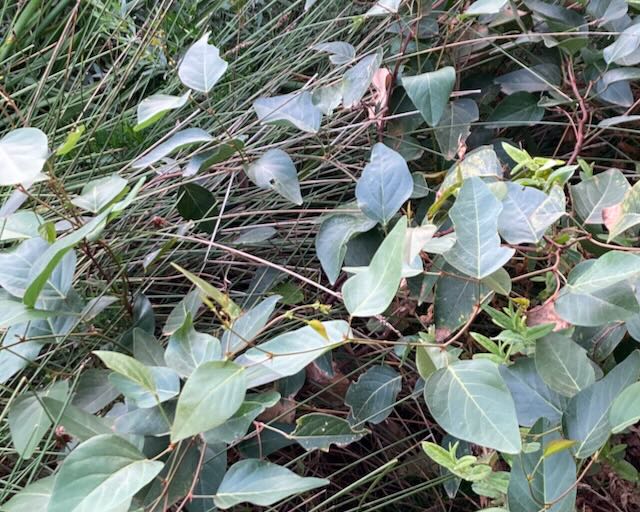The Natural Environment collection provides information which describes the various landscapes which can contain land-based ecosystems such as grasslands and forests, aquatic ecosystems such as rivers and wetlands, and coastal and marine ecosystems such as mangroves and sea-grass meadows.
Natural Environment












